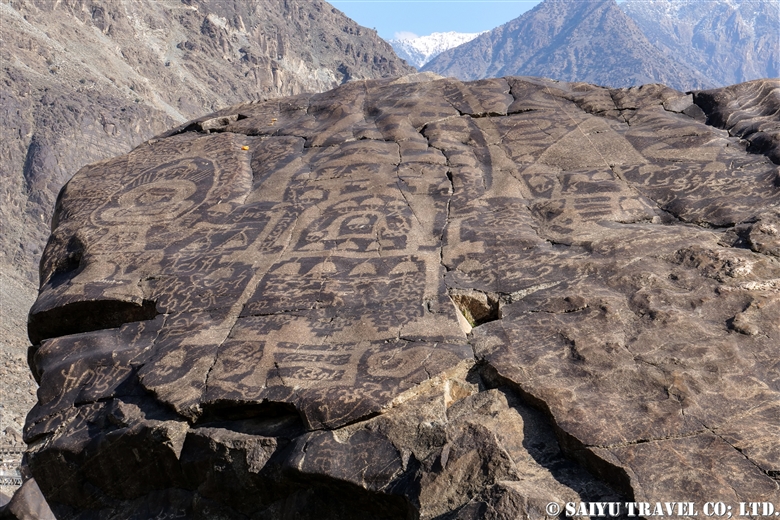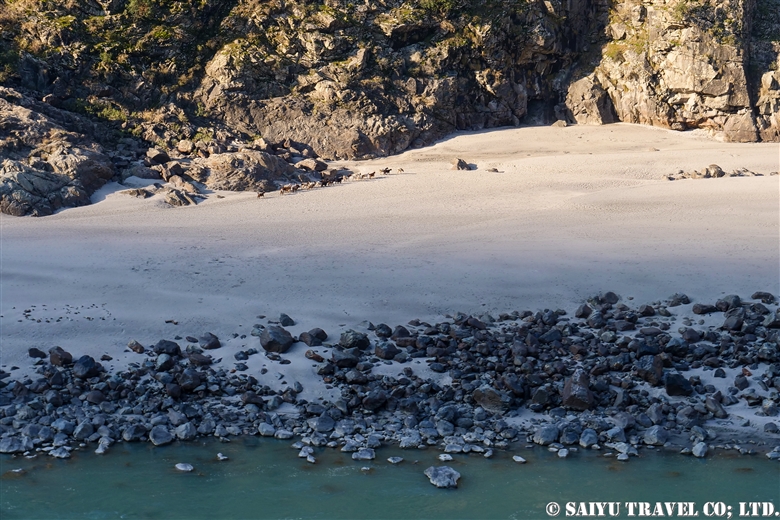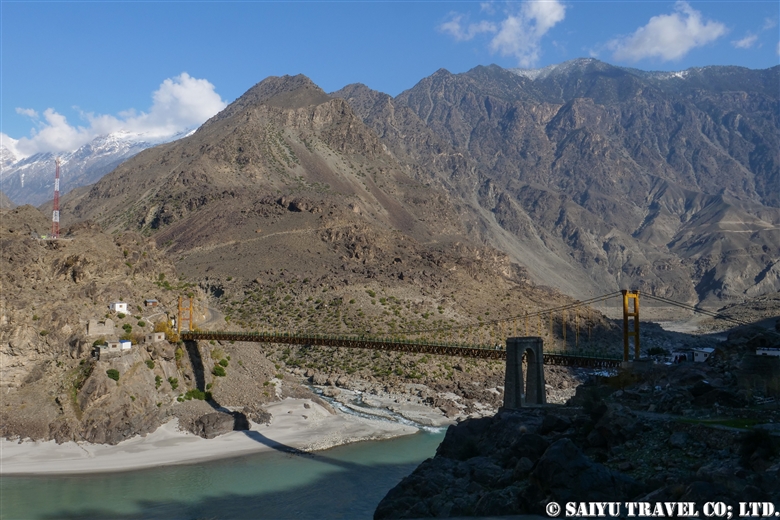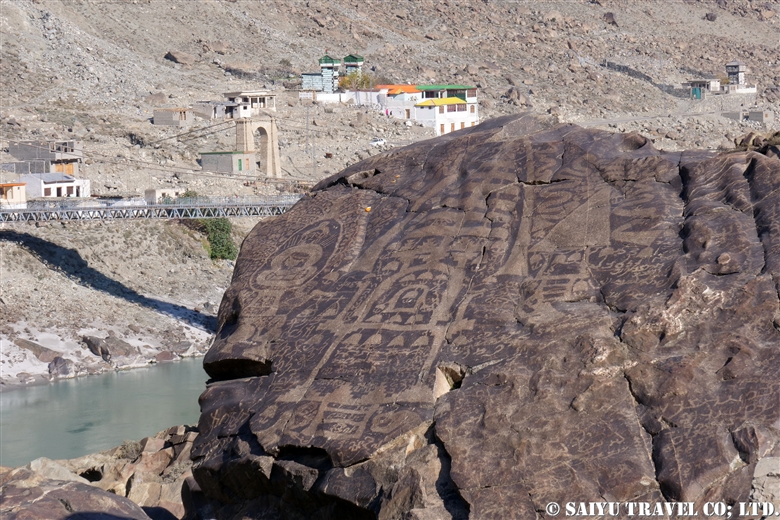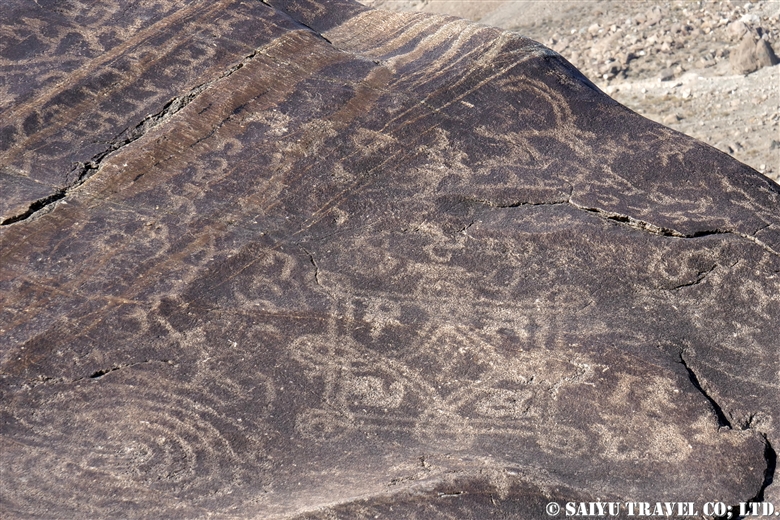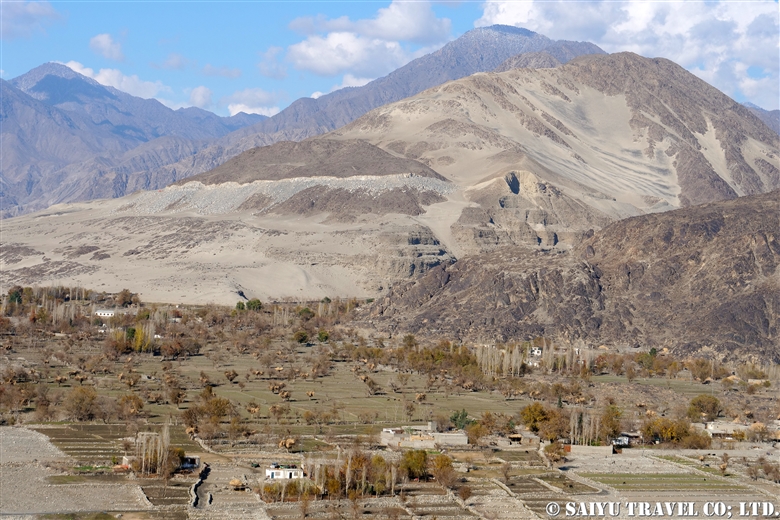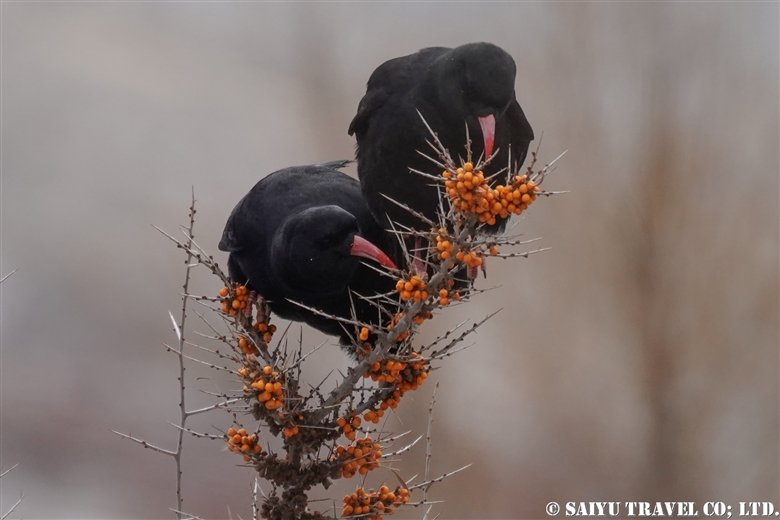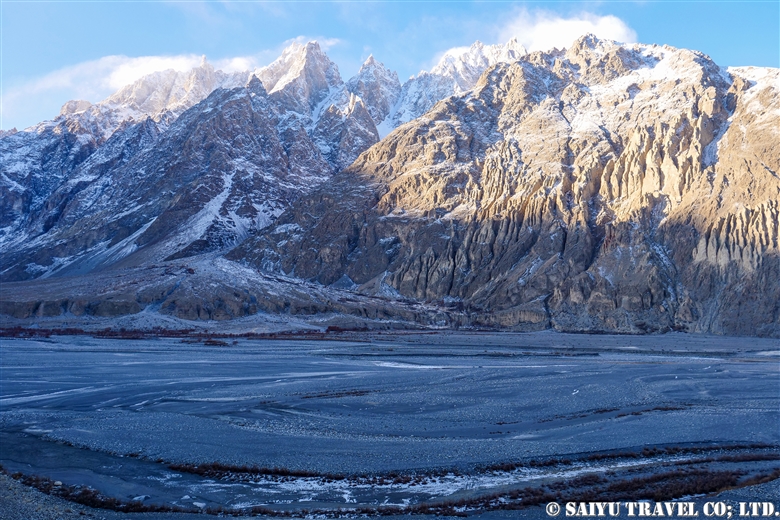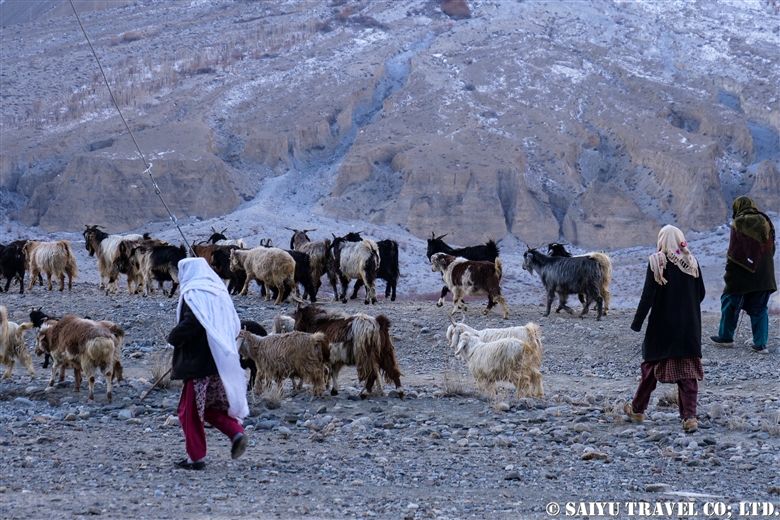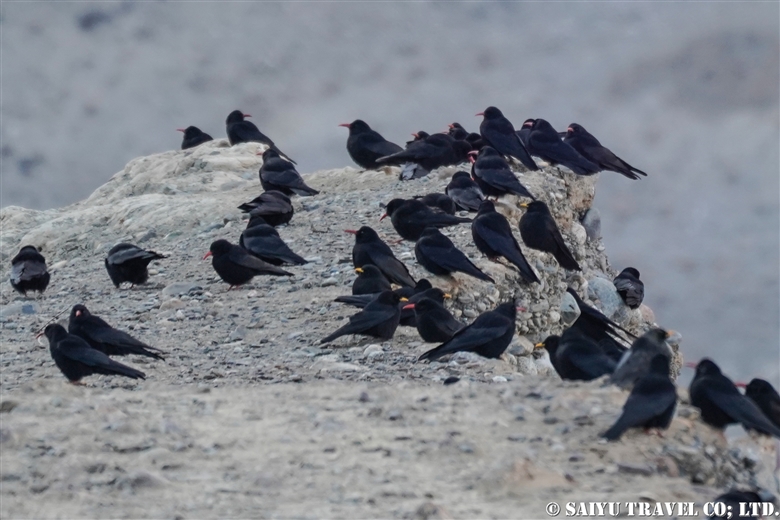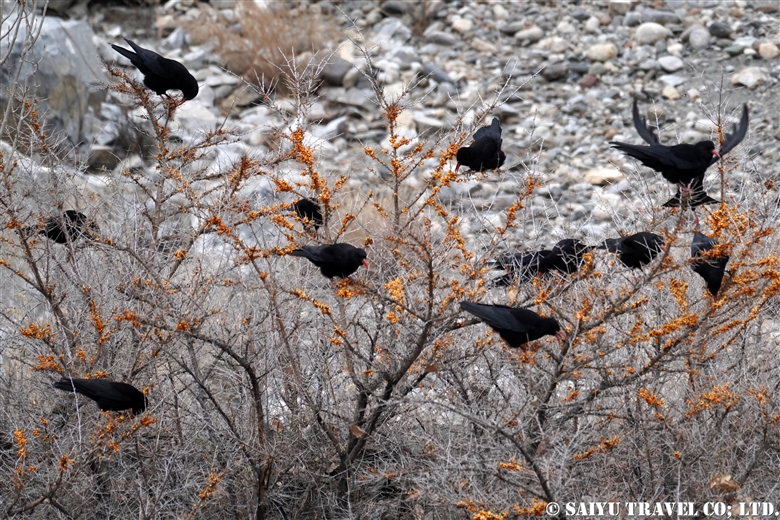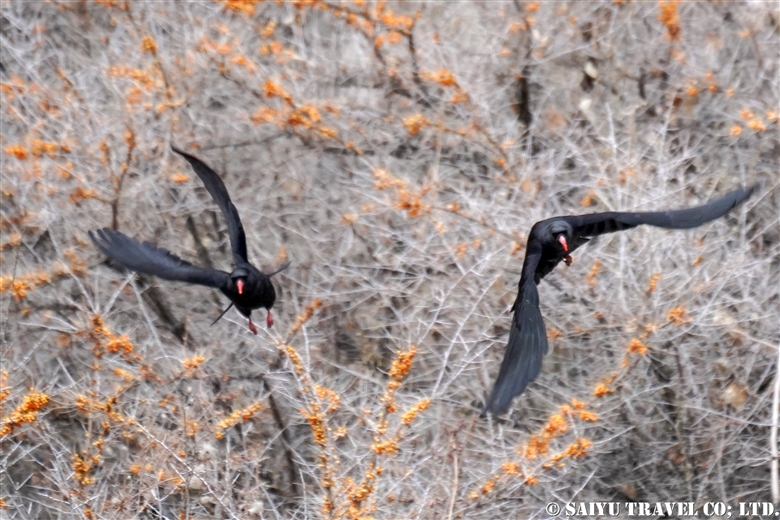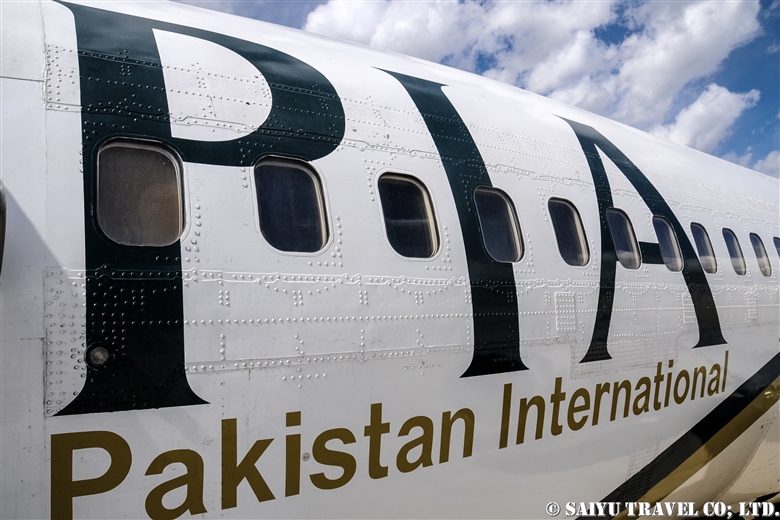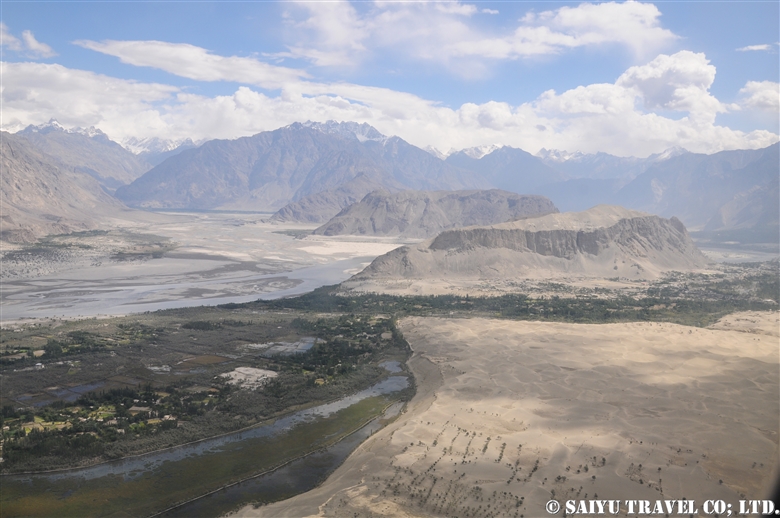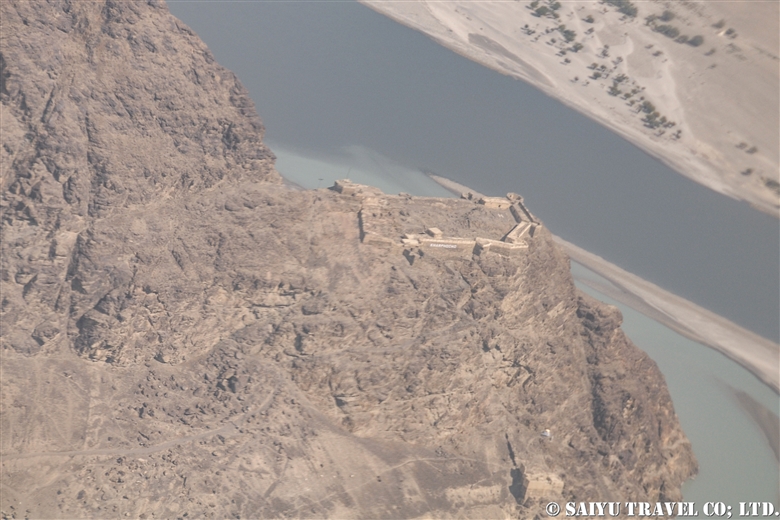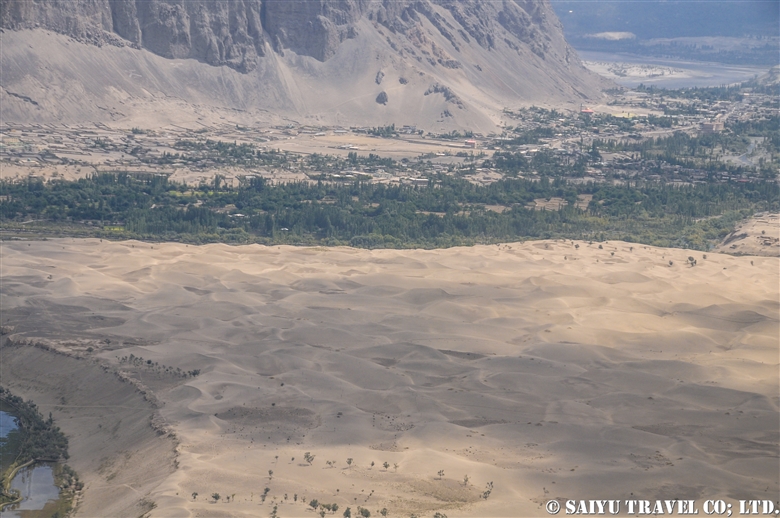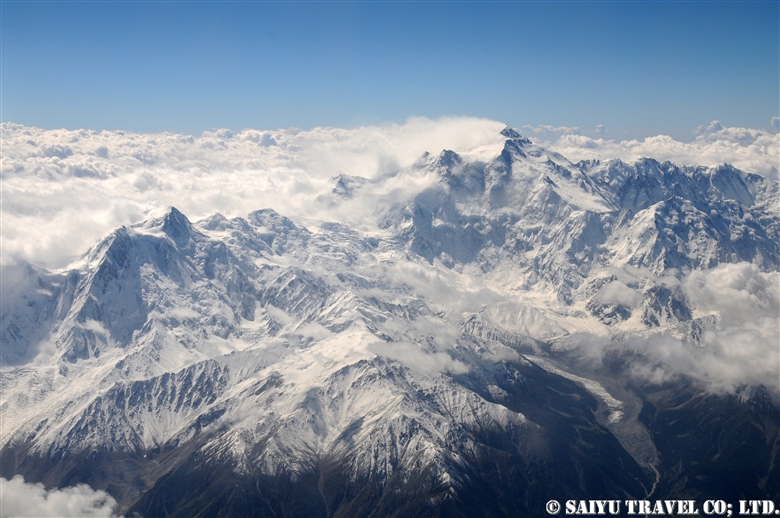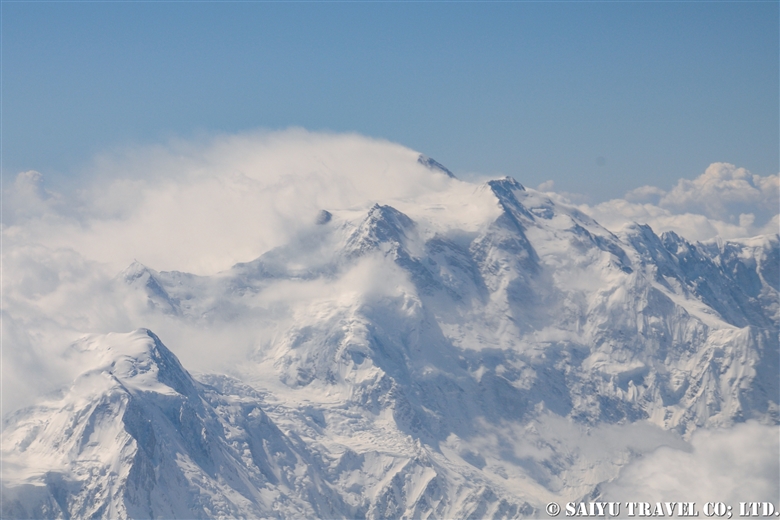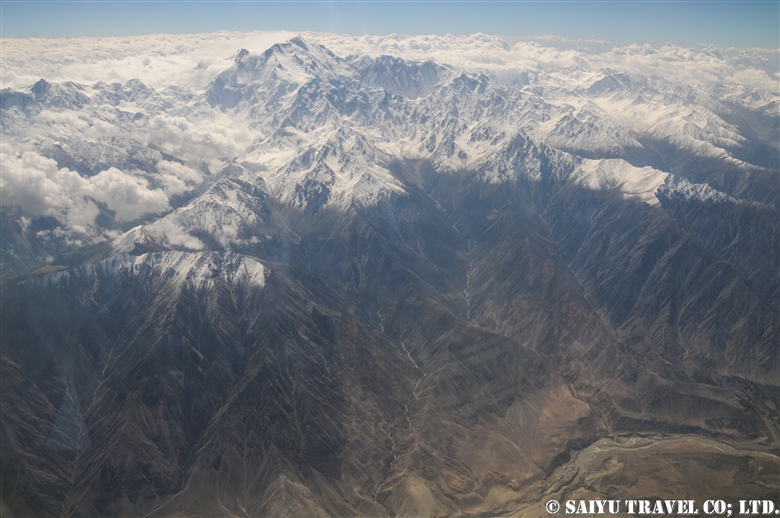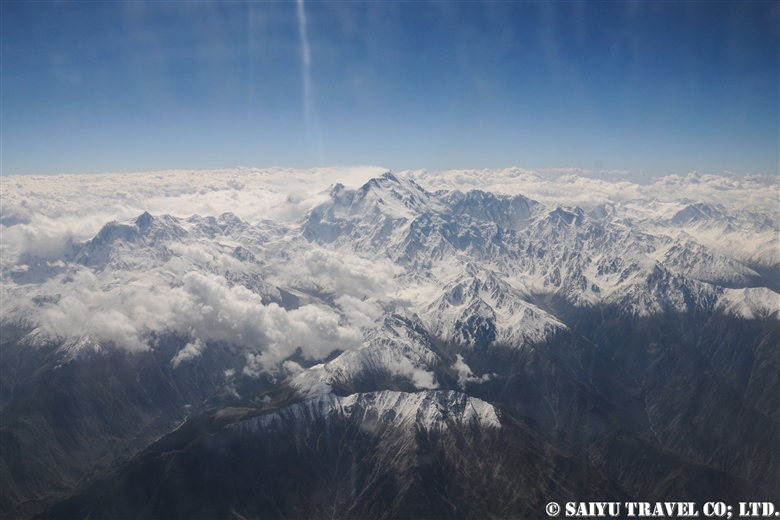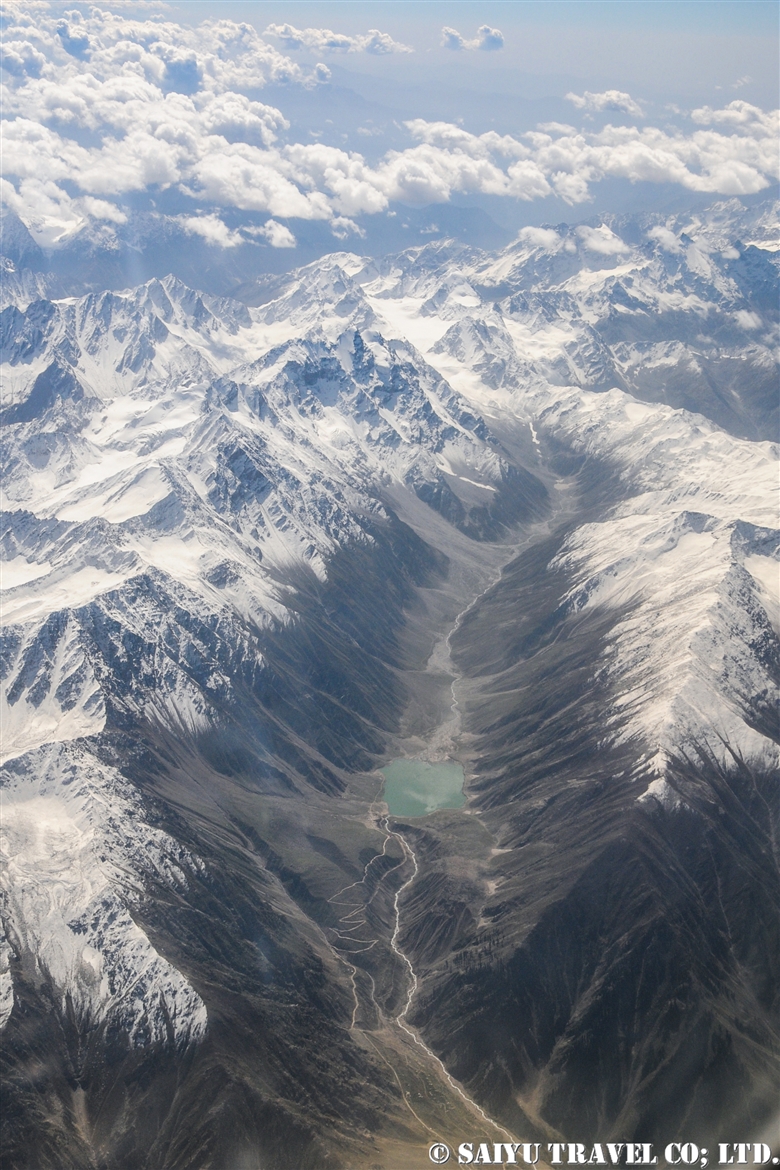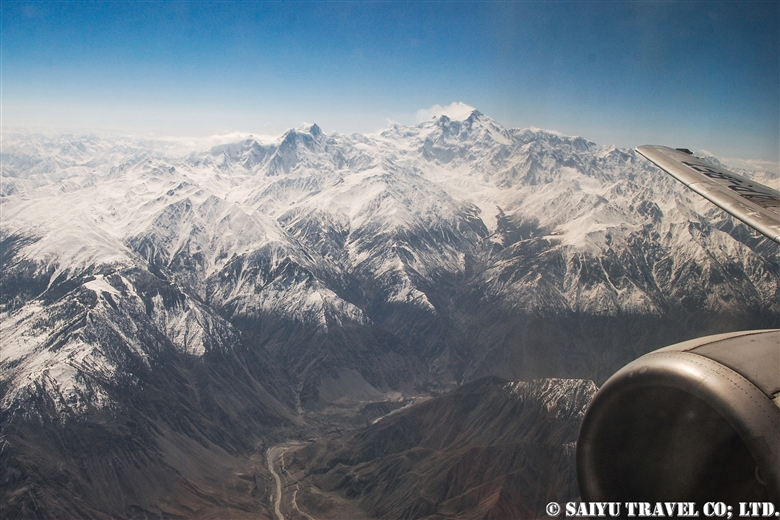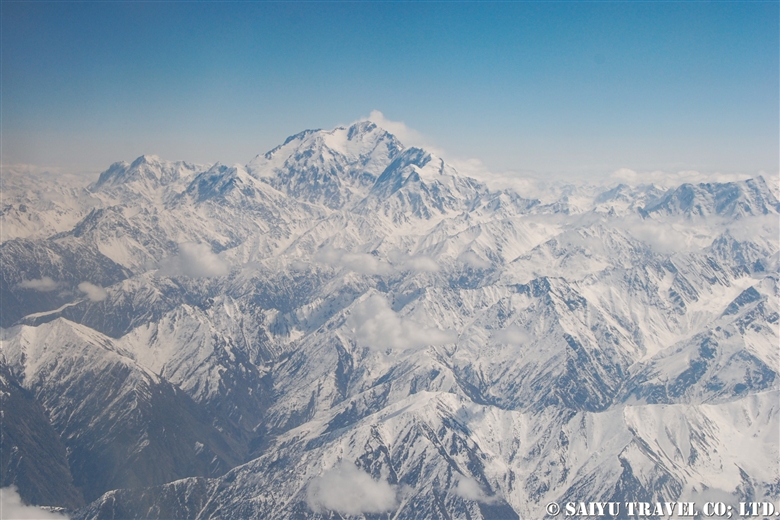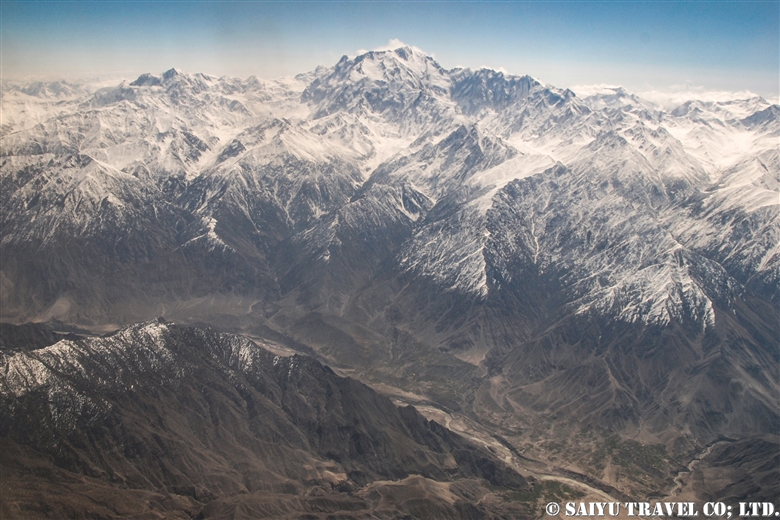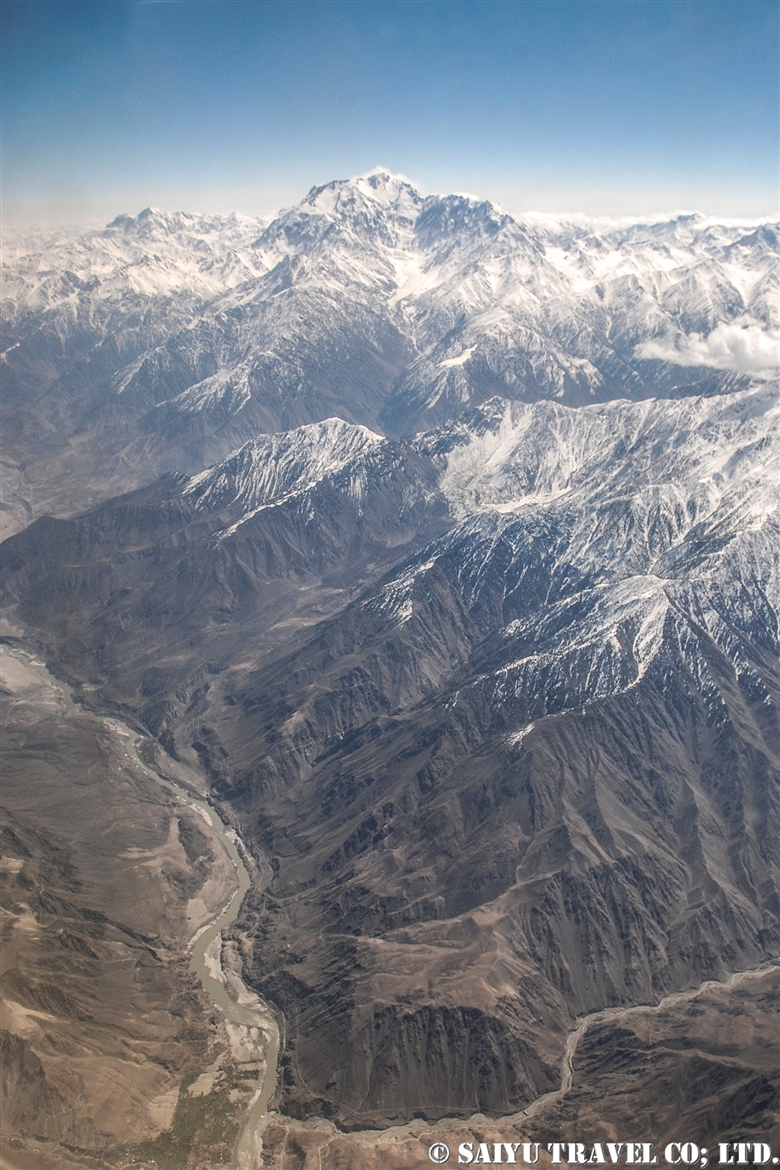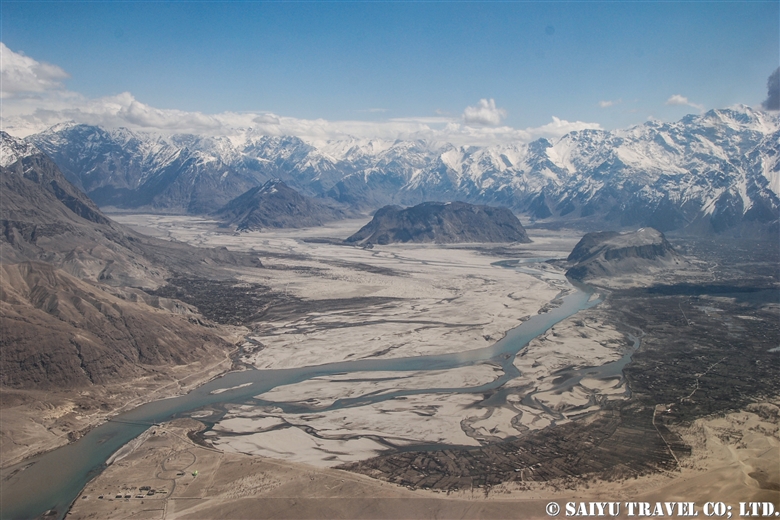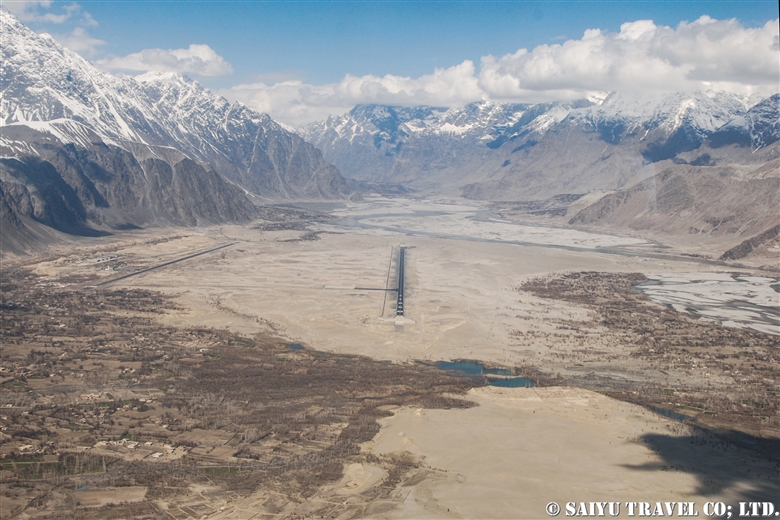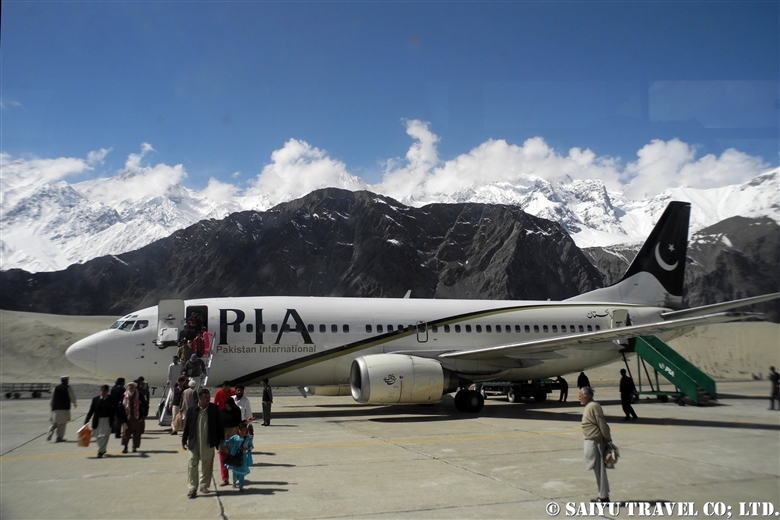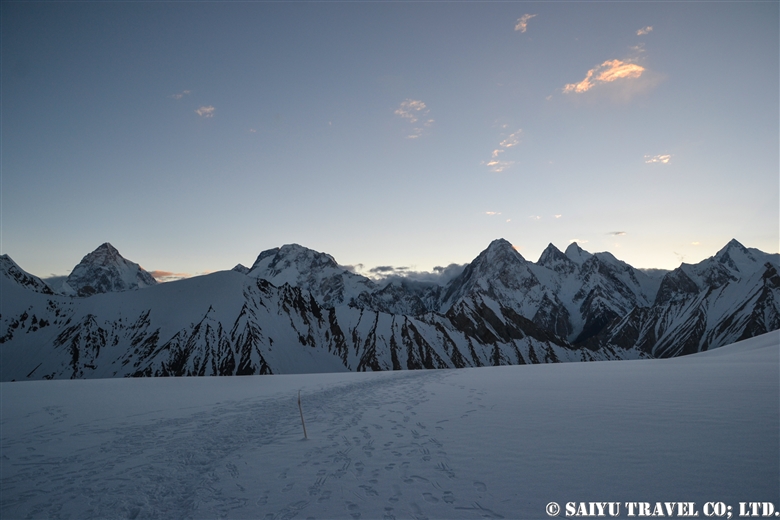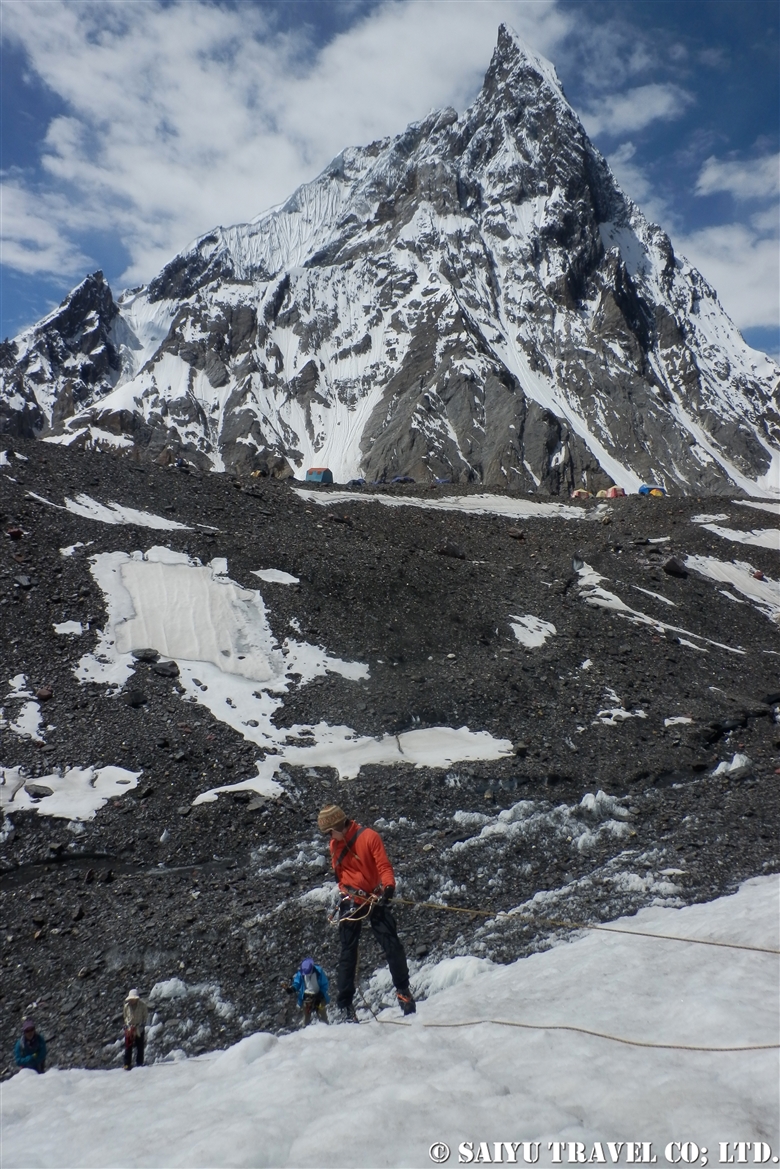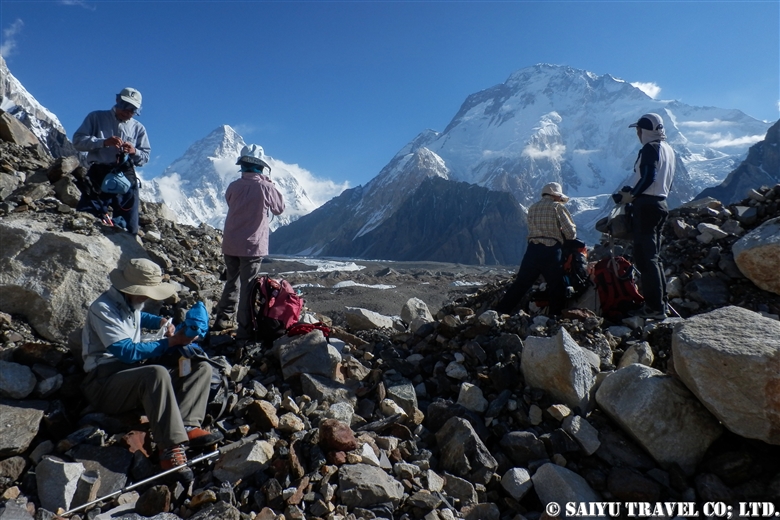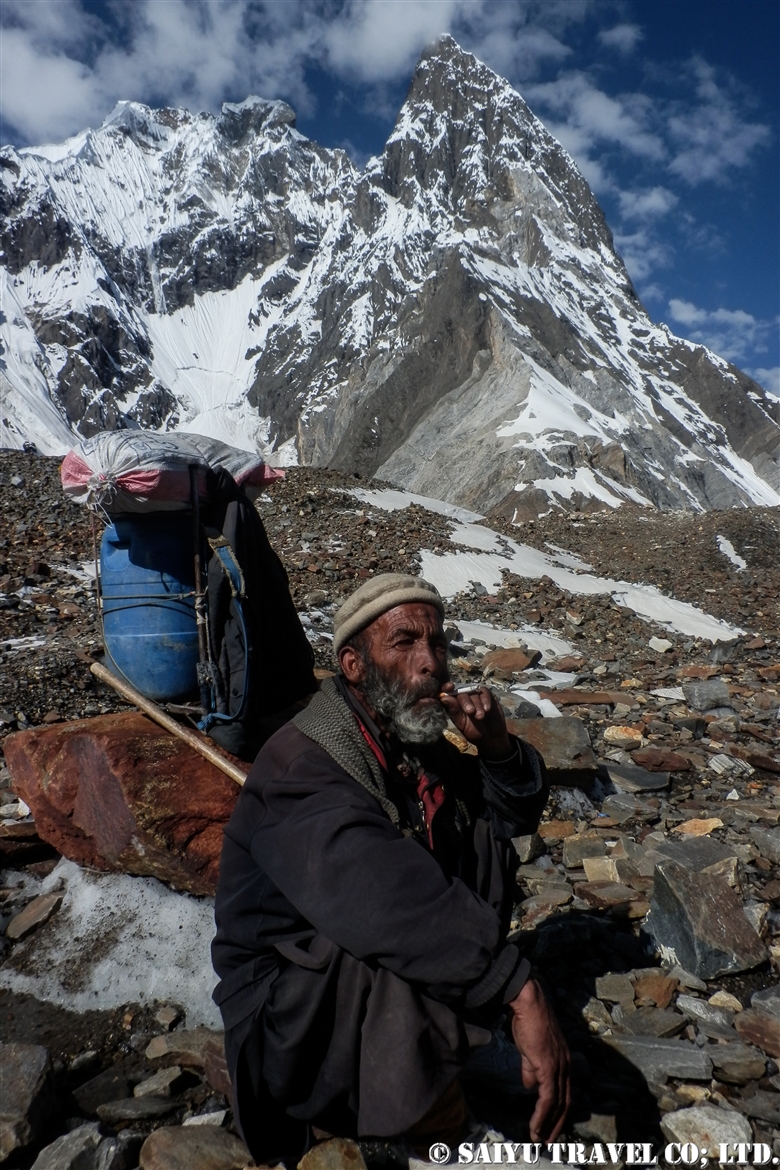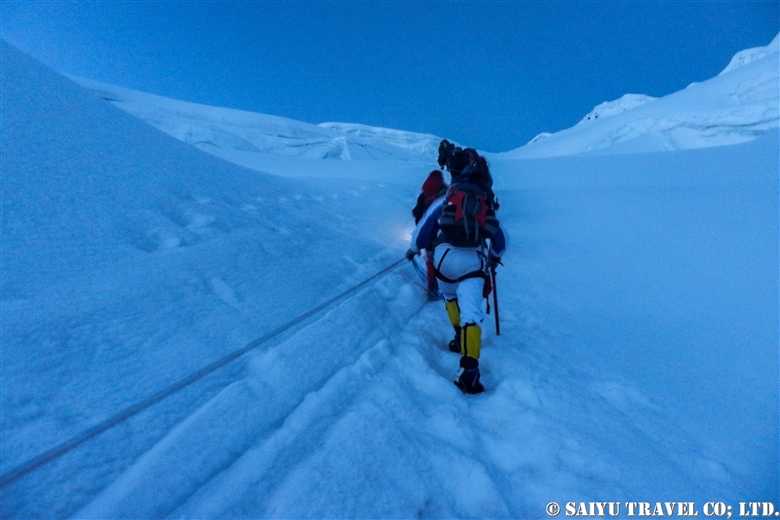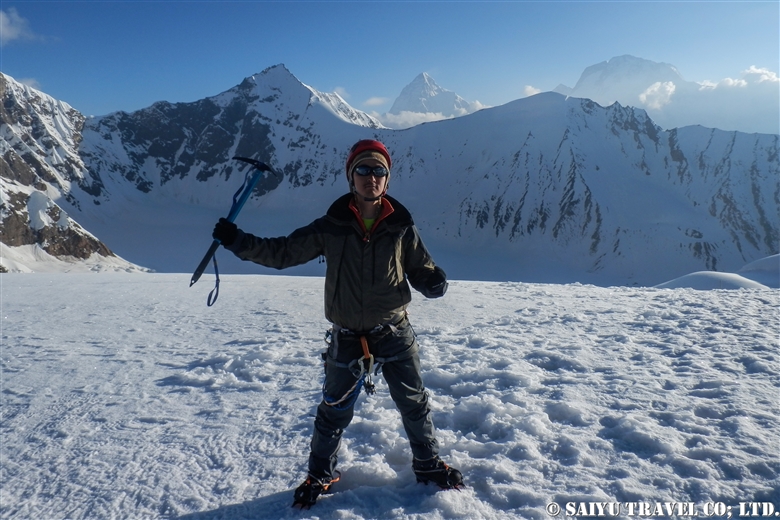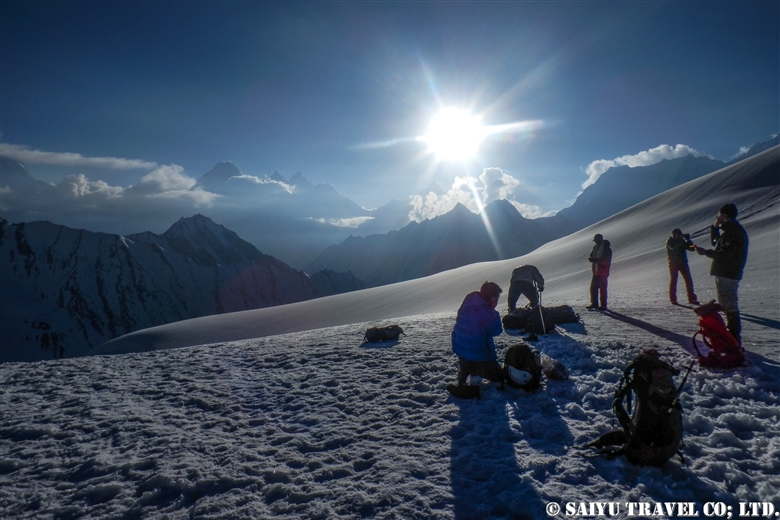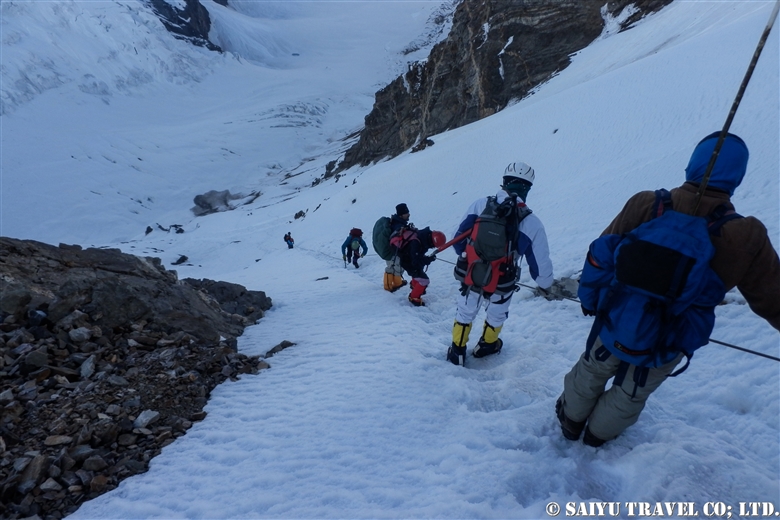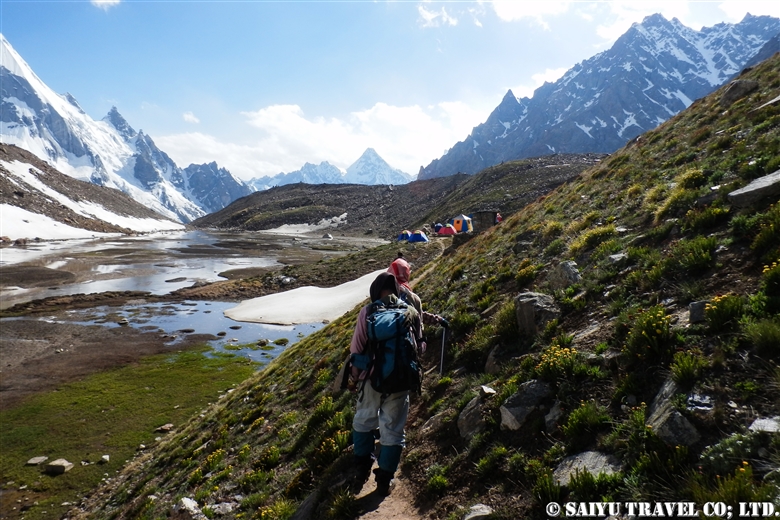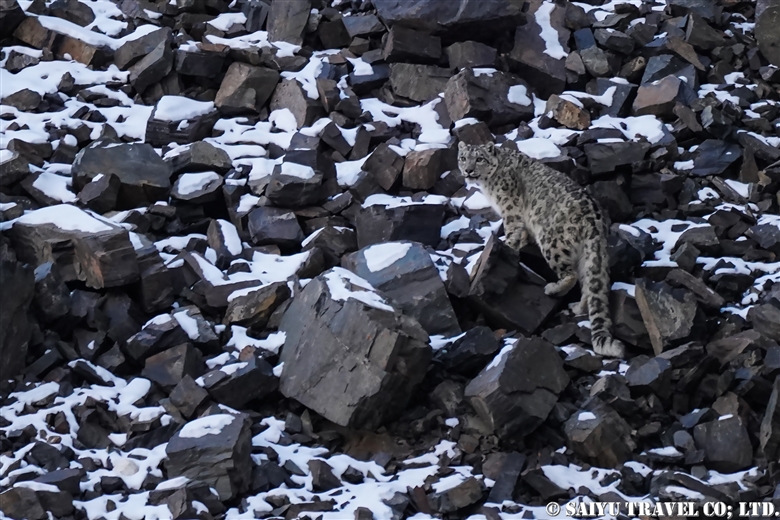
We arrived in Northern Pakistan in search of the snow leopards. While traveling on the Karakoram Highway, we observed the ibex and the vultures.
In Khunjerab National Park, there are many footprints on the roads and in the snowy fields of the river. On the Karakoram Highway, I also found traces of snow leopards after they slept in certain places and on worn plastic pet bottles that were chewed up by the snow leopard kittens that had played with them as toys. Snow leopards seem to regularly come onto the Karakoram Highway, which makes for easier paths to travel at night and in the early morning hours when there are no cars around.
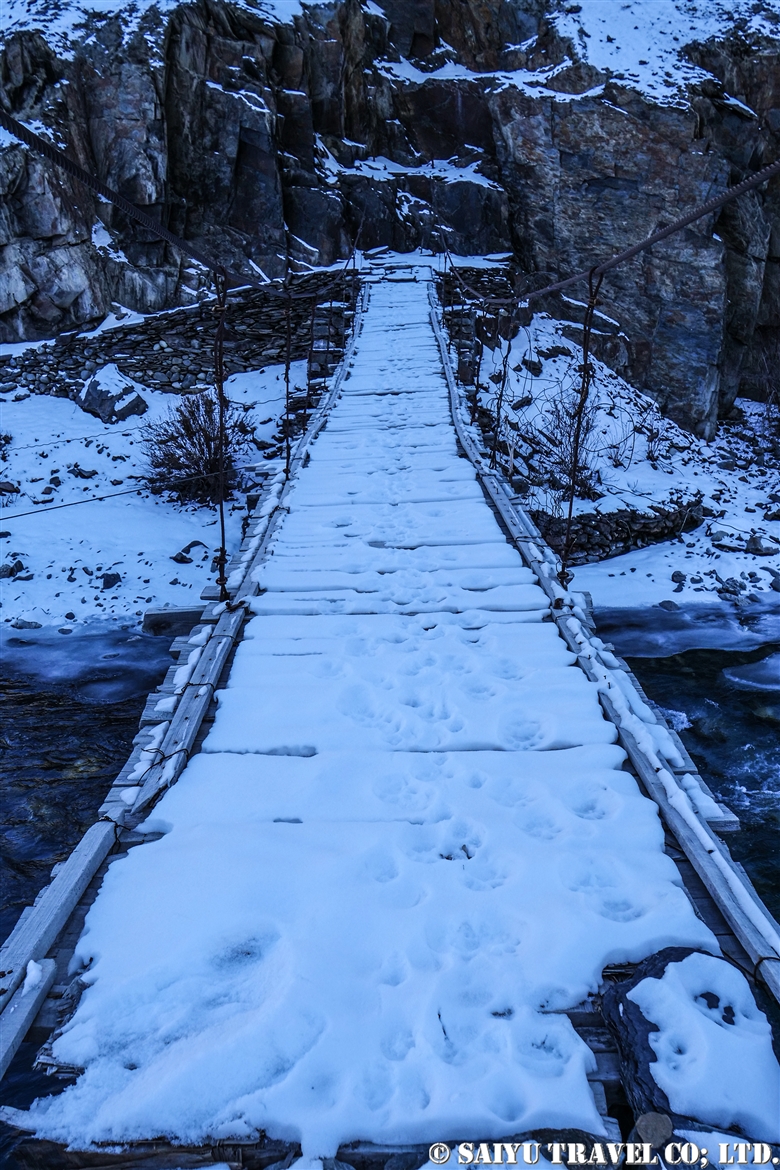
A suspension bridge covered with snow leopard footprints! Snow leopards can cross the rivers in narrow or frozen areas, but of course if there is a bridge, they will not hesitate to use it.
Around noon, as we were traveling along the Karakoram Highway, the guide suddenly shouted “Leopard!” And promptly stopped the car and got out. Staring out at the landscape saying “Bismillah, Bismillah (In the name of God),” and right there, was a snow leopard.
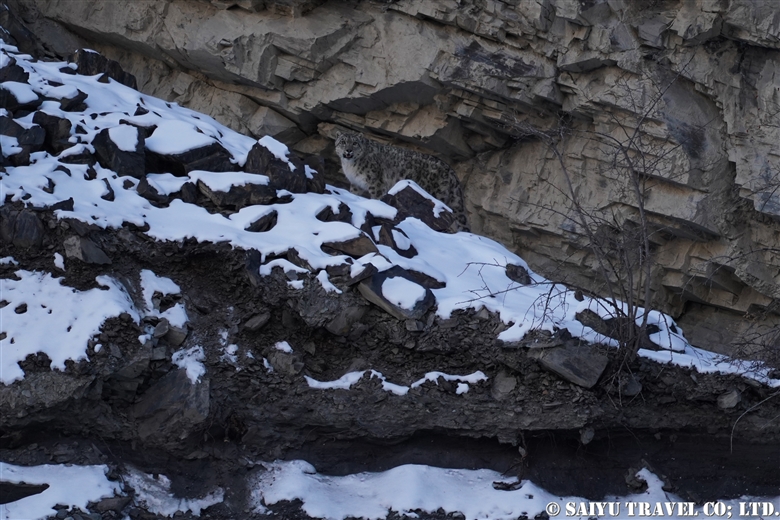
It was sitting on a rock just off the road, but as soon as it saw us, started walking away.
The guide is delighted with “Shaubashi, Shaubashi (Wakhi language meaning ‘Very good’ or ‘Well done’.) The pressure on the guide of trying to see a snow leopard, was released.
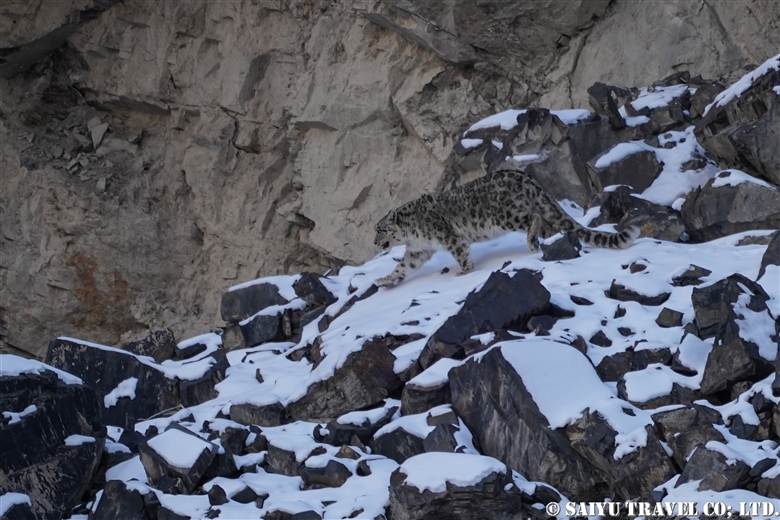
Even though we saw it, the snow leopard was so fast and it was difficult to catch a photo of it as it walked away. At 3,300 meters above sea level, we were so excited and became short of breath. As we took the photos, our hands were shaking, not sure if the photos would come out.
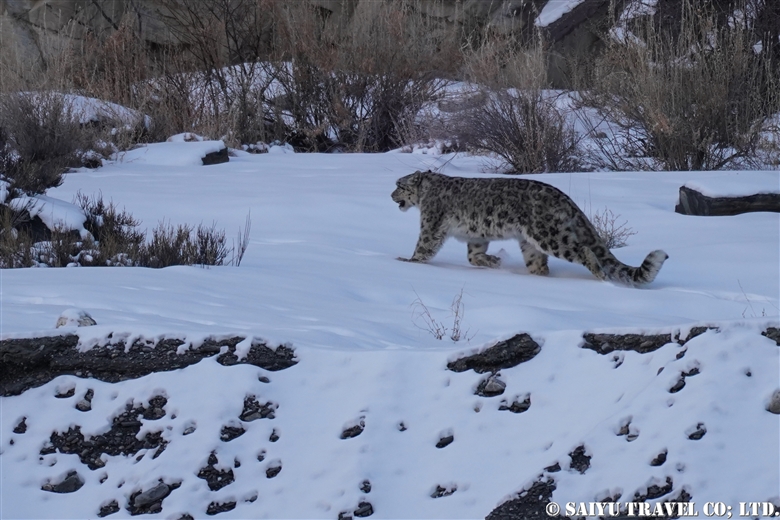
A Snow leopard, actually walking, in the snow. So often, Snow leopards are observed amongst rocky backdrops, so it was nice to finally be able to observe this snow leopard with the white snow, which it was named after.
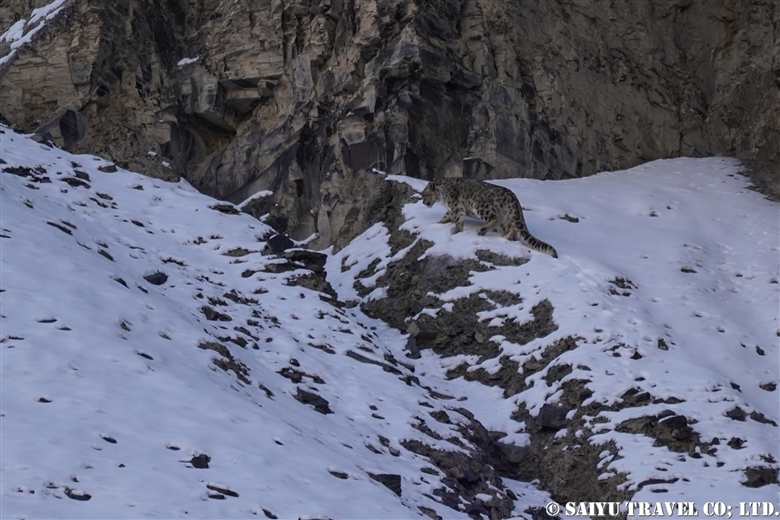
It climbed higher and higher, getting smaller and smaller.
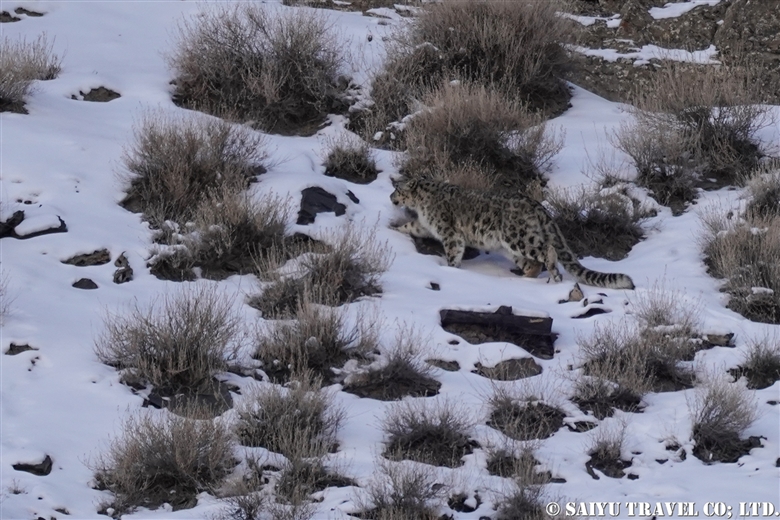
It continued moving further away. There were times when it overlapped and camouflaged with the tufts of grass, making it hard to find in the viewfinder.
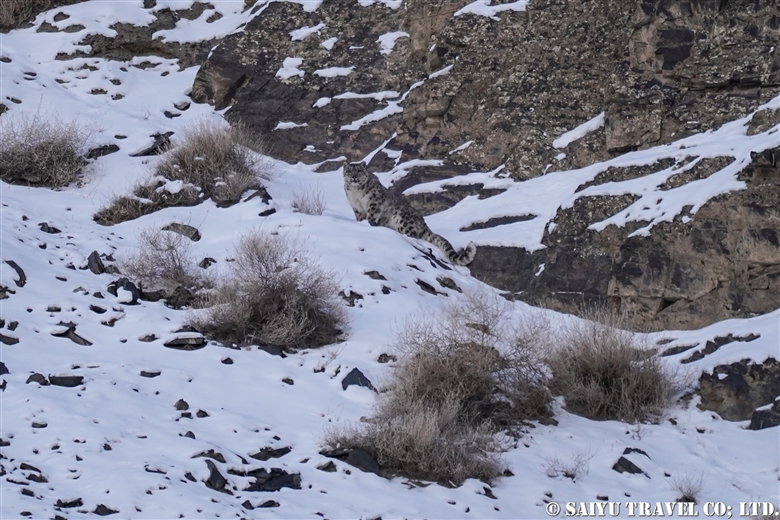
He showed me his face for just a few brief moments. This is the last photo. It started walking into the rocky area and soon disappeared.
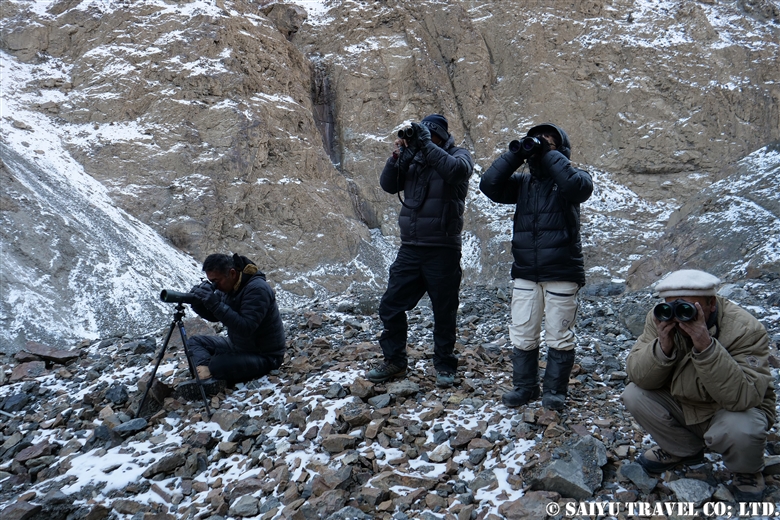
The group as we watched this snow leopard until the very end.

We returned to Sost at 2:30 pm for a late lunch. This day was a celebration for the guides (but no alcohol!). A buffet of different kinds of yak meat. All enjoyed a fusion of yak meat recipes, such as yak mantu (Xinjiang Uighur Autonomous Region, which borders Sost, Central Asian cuisine) and yak nihari (a dish of the Indian subcontinent that is stewed with beef parts and the bone marrow).
Photo & text: Mariko SAWADA
Observation: Dec 2020, Khunjerab National Park, KVO Area, Gojar, Gilgit-Baltistan
Special Thanks: Tomo AKIYAMA, Hussain ALI and Abul KHAN
Tag : Wildlife Tour Pakistan , Saiyu Travel Pakistan , Snow Leopard Tour Pakistan , Khunjerab National Park , KVO , Pakistan Blog , Snow Leopard Conservation , Snow Leopard Expedition , Pakistan Travel Blog , Snow Leopard , Pakistan Travel company , Snow Leopard Pakistan , Pakistan tour operator , Travel Pakistan Blog , Pakistan Photography Tour , Wildlife of Pakistan , Indus Caravan , Wildlife Photography Pakistan





